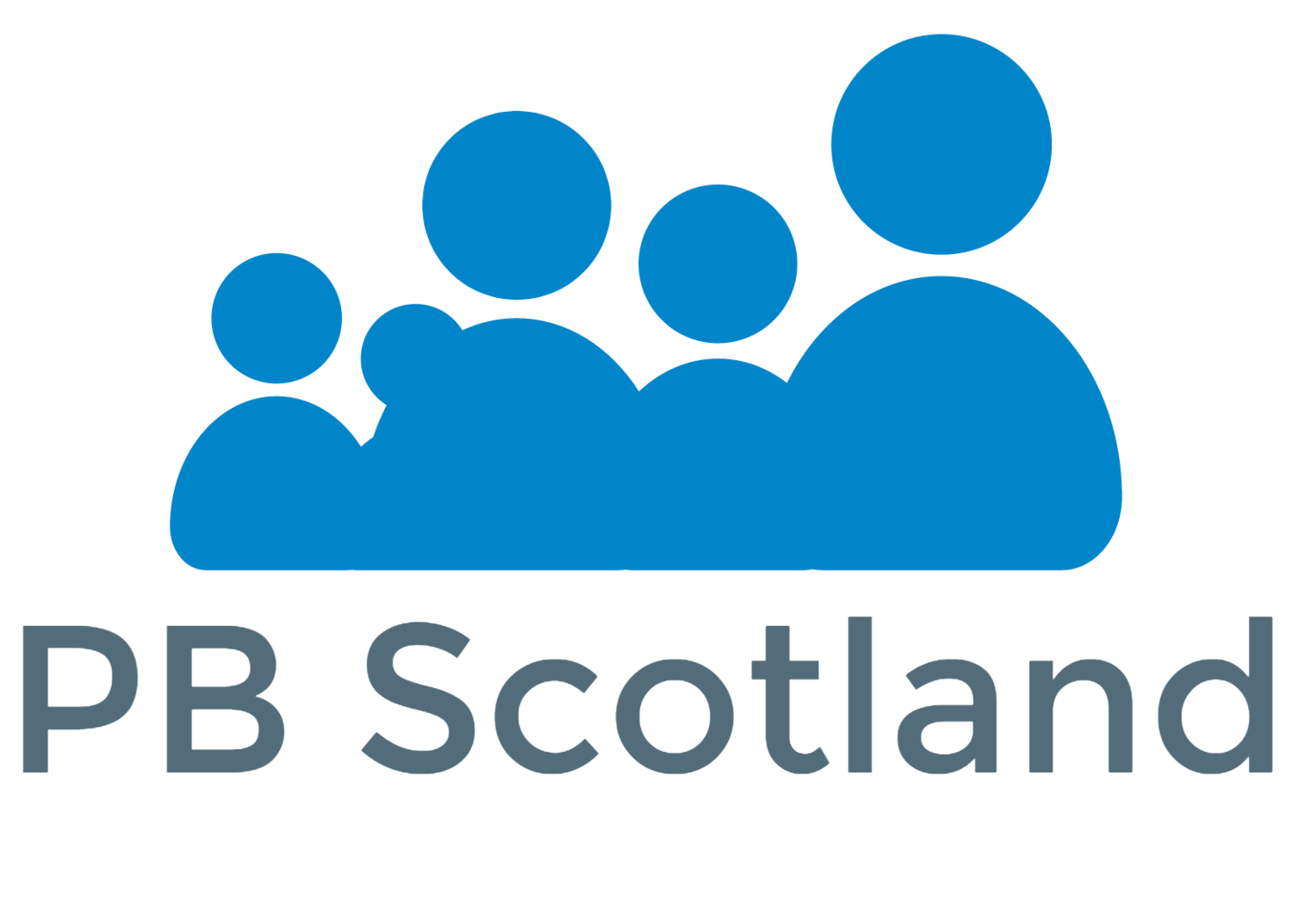
of Participatory Budgeting
The PB Charter sets out seven key features of what a fair and high-quality PB process should be, accompanied by guiding statements which describe what those features should look like in practice.
It aims to ensure it’s inclusive, uses good quality methods and is truly participative.
Fair and inclusive
PB creates new opportunities for people to become involved in ways that bring new and different voices to discussions about how public money is spent. Working together in this way encourages stronger relationships in and between different communities.
Everyone should be able to participate in community life but sometimes there are obstacles to getting involved. PB can remove those barriers if it is carefully planned, properly resourced and support is available for those who need it.
We will know PB is 'fair and inclusive' when:
the PB process meets all requirements in terms of accessibility;
within a PB process everyone has a vote;
people who have experienced inequality are involved in designing PB process; and
the outcomes of a PB process help to reduce inequalities.
Participatory
Anyone from the communities affected by decisions on how money is spent should have opportunities to be involved at every stage of the PB process. This includes identifying what budgets are being allocated, how the PB process is planned, how it works in practice and how it is evaluated.
We will know PB is 'participatory' when:
communities have an opportunity to help shape the PB process from the start;
priorities for the PB process are decided by communities;
different and diverse communities discuss the issues and vote on priorities;
a range of PB methods and events is used to make sure that different groups in the community can get involved;
people from the communities involved say they are satisfied with the process and the outcomes;
training or support is available to help people to be involved in planning and delivering the PB process; and
the PB process is promoted widely and in a variety of ways to encourage people to take part.
Deliberative
PB supports communities to access information, share ideas, listen to each other and consider different views.
Sharing ideas and views helps people to learn more about different issues and leads to informed decisions that are best for the whole community.
We will know PB is 'deliberative' when:
the information people need to make informed choices is available and accessible at all points in the PB process;
people involved report increased knowledge about the issues affecting groups and individuals in their own communities and other communities;
methods are used which allow people to express their views and which encourage discussion; and
ideas, priorities and the choices made about how money is spent are reached through public discussions and informed by wide-ranging views.
Empowering
Decisions about how public money is spent are usually made by politicians and their officers. PB gives people and communities the power to decide what matters most to them and how public money should be used best.
The PB process encourages more people to become involved in their community and to work together to make change happen.
We will know PB is 'empowering' when:
communities decide how money is spent;
people feel they have more control over the issues that affect them;
decisions taken through a PB process lead to improved outcomes and services;
more people are involved in wider democratic processes; and
more people become involved in community organisations and activities.
Creative and flexible
PB processes should be designed in a way that makes it easy and attractive for people to get involved. A creative mix of face-to-face approaches and online tools should be used to distribute information, encourage participation and get the best results.
PB in Scotland is a developing process which requires the confidence to take risks – to be flexible, to listen, to do things differently, try new things and to learn from mistakes as well as successes. This will help to make sure that PB in Scotland can really create positive change.
We will know PB is 'creative and flexible' when:
a range of methods has been considered and used as part of the PB process;
support is in place for people who plan and deliver the PB process so they can ‘take risks’;
PB processes are continuously evaluated and improved as a result; and
PB in Scotland learns from and keeps pace with developing practice across the world.
Transparent
Everyone involved in a PB process should be able to see why and how decisions are taken, and what effect those decisions have.
We will know PB is 'transparent' when:
information on the process and how people can get involved is clear and accessible;
information on budgets is publicly accessible and understandable;
it is clear who is accountable (responsible) for the PB process;
voting rules are clear and well understood; and
people know the result of the process and what difference their involvement has made.
Part of our democracy
PB is a central part of our democracy in Scotland and should be standard practice for how budget decisions which affect communities are made.
PB should be resourced and delivered as part of regular budget planning.
We will know PB is 'part of our democracy' when:
people expect to have a direct say in each budget cycle;
public agencies have staff and systems in place to support good-quality PB processes;
communities and community organisation have the skills and knowledge, as well as time and funding, to get involved and support the PB process;
the PB process continues uninterrupted from one budget round to the next; and
over time, PB is shown to improve outcomes, reduce inequalities and encourage people to be more involved in democratic processes.











